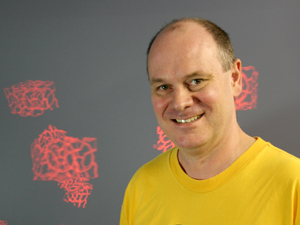
PHDs Available: I am no longer seeking to take on new PhD students.
 PHDs Available: I am no longer seeking to take on new PhD students. |
Email: MarshallAD@cardiff.ac.uk
Phone: +44 029 2087 5318
Fax: +44 029 2087 4598
Research Group:
Visual Computing Research Group
Human Factors Technology Centre (HFTC)
Crime & Security URI
Welsh Assembly Government Research Institute of Visual Computing
I am a member of the Visual Computing Research Group. I was, until recently, the director of the interdisciplinary Human Factors Technology Centre (HFTC) (formerly Communications Research Centre) involving the Schools of Engineering, Psychology and Computer Science. My research interests cover a range of topics in computer vision, from low-level processing of images (both 2D and 3D) to high-level modelling and object recognition strategies, and data/information fusion. For many years I worked on 3D imagery with applications in object recognition and automatic inspection of mechanical objects. This research continues in the area of reverse engineering - building boundary representation CAD models from point data scanned from the surface of engineering objects. My interests in 3D reconstruction has led to an ongoing project in tracking and modelling drunk people. Other recent research activities have investigated eigenanalysis of images where some core algorithms have been developed to incrementally build and learn eigenmodels. This has led to further research in the analysis of high dimensional image feature spaces - computational issues, manifold representation, applications to articulated human motion analysis, human faces and facial dynamics, biology and audio/visual tasks. One other area of current interest is in data/information fusion - statistical methods, simulation and modelling of sensors, multi-sensor data, where my research has been driven by defence/military applications with funding from British Aerospace, General Dynamics, EADS and the MOD funded Data Information Fusion Defence Technology Centre (www.difdtc.com).
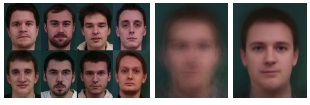 |
Analysis of high dimensional image feature spaces: Building Eigenspace (Principal Component Analysis (PCA)) models: Incrementally building and learning eigenmodels: My initial research interests in this area led to some core algorithms being developed to incrementally build and learn eigenmodels. Hidden Markov Modelling: Hidden Markov Models are used for modelling dynamics with applications to modelling motion (human, facial etc.) and used for tracking, for example. Early research in this area developed methods to add Hidden Markov Models. More recently we have looked at partitioning initial motion trajectories to model each partition by a single HMM. and automatically building Hierarchical Hidden Markov Models (HHMMs). Groupwise Registration: In order to build statistical models of appearance (eigenmodels) you need to have a training set of registered data. Avoiding tedious and time consuming manual labelling tasks we have developed a novel groupwise registration tool. |
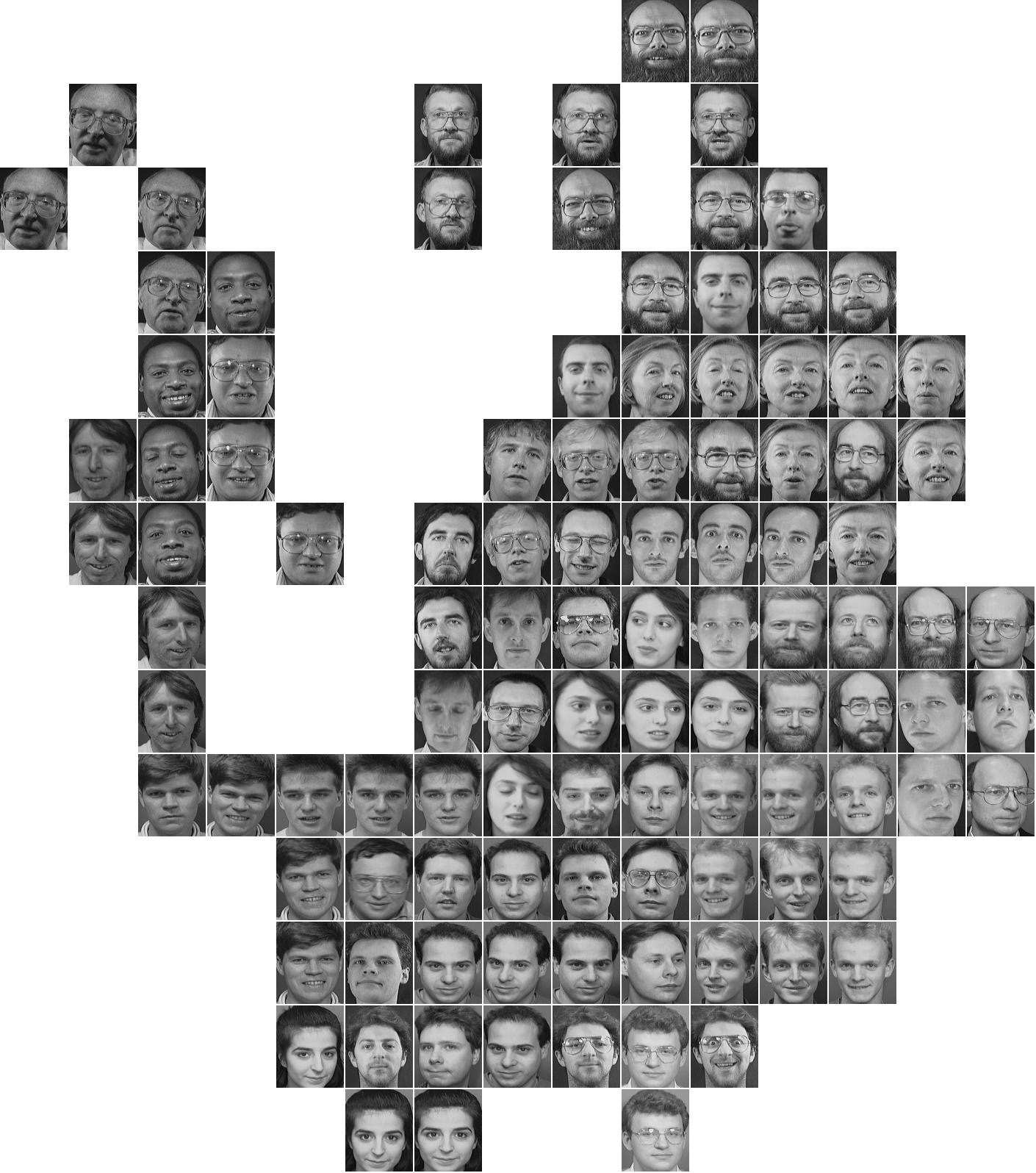 |
Manifold Representations: Isomap optimal parameter value estimation: The Isometric mapping (Isomap) method has demonstrated promising results in finding low dimensional manifolds from data points in high dimensional input space. We have developed a new method for selecting the optimal parameter value for Isomap automatically. Robust automatic data decomposition: In this work, we address the problem of automating the partial representation from real world data with an unknown a priori structure. Such a representation is very useful for the further construction of an automatic hierarchical data model. |
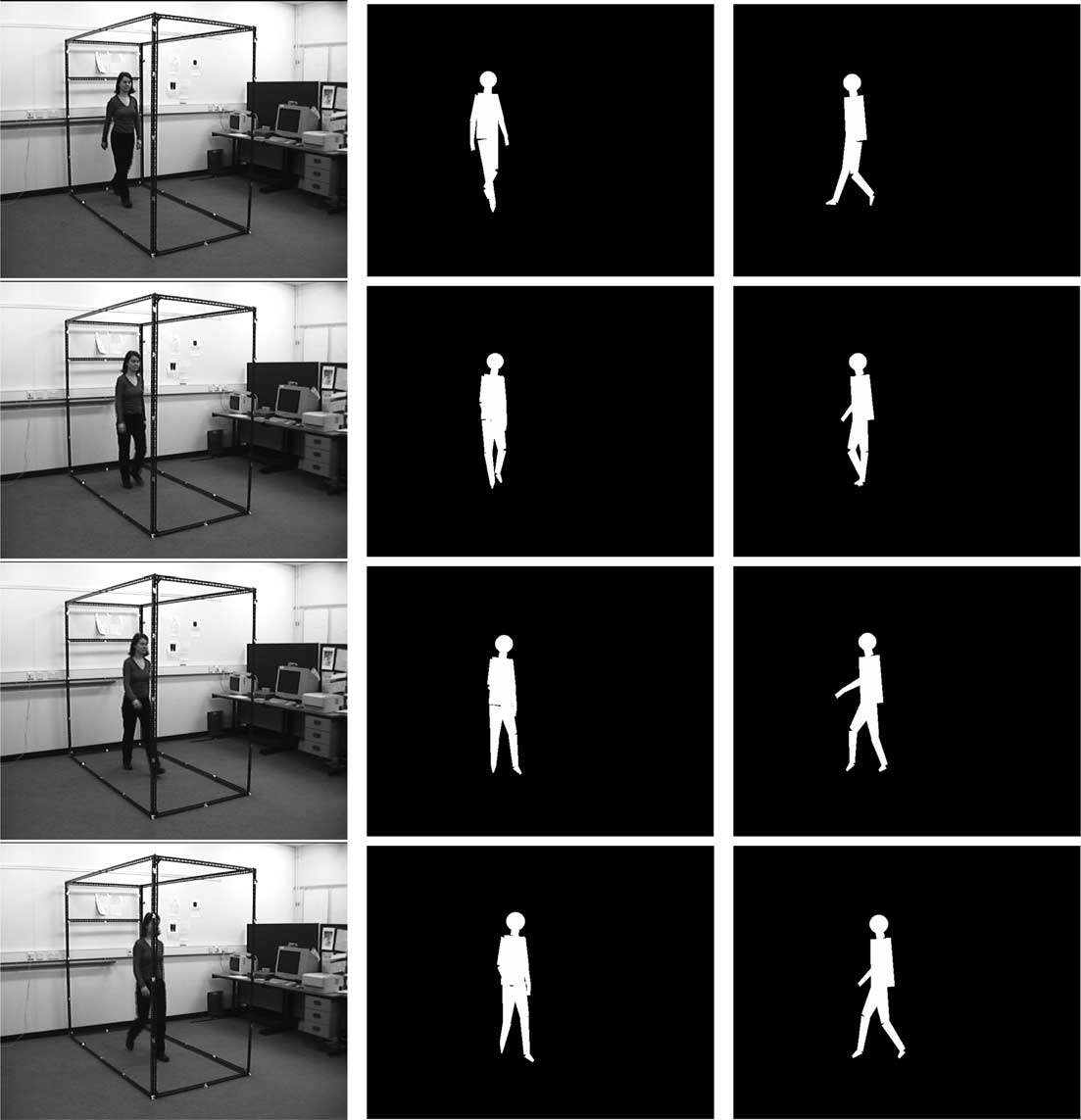 |
Applications to Articulated Human Motion Analysis: Tracking People in 3D: This work stemmed from my initial work in adding and subtracting eigenspaces. Applying the theory to the tracking 3D articulated human motion seemed an ideal area to exploit. This work then led to a novel hierarchical eigenmodel representation of data which subsequently led to my work on facial dynamics (see below) and permeates some of my research to this day. Virtual Friend: This work developed from the 3D people tracking research and also involves an interest in developing HMM models for accurate motion representation (both above). We have developed a new approach for generating interactive behaviours for virtual characters using the windowed Viterbi algorithm. This is capable of real-time performance. |
 |
Applications to Human Faces and Facial Dynamics: Video Realistic Talking Head:We are working on various aspects of facial analysis/synthesis, both in 2D and 3D. Our early work was concerned with driving the facial appearance from audio input alone, i.e. "talking heads". Facial Dynamics: A major theme of my research in recent years is the modelling of facial dynamics. We model the dynamics of each region by sampling the eigenvalues for the principal eigenvectors that span the region. We have applied this technique to a few applications including animating a talking head - e.g. inserting artificial blinks , behaviour transfer between two talking head models, the evaluation of the psychological perception of facial expressions, developing a 3D facial biometric and dental applications of 3D facial dynamics. |
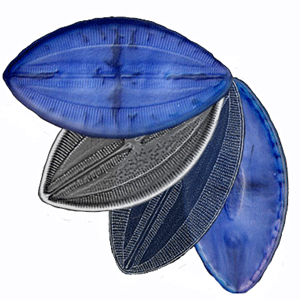 |
Applications to Biology: DIADIST: Diatom and Desmid Identification by Shape and Texture: The DIADIST project was funded by the Biotechnology and Biological Sciences Research Council (BBSRC) under its Bioinformatics Programme (official title: Visual Indexing for Taxonomic Information Systems; grant number 754/BIO14262). It was a collaboration between researchers from Cardiff University, Wales, and the Royal Botanic Garden Edinburgh, Scotland. The aim of this project was to investigate methods to enable the visual indexing of images and drawings of biological specimens held in a database. Extended Depth of Focus Imaging: This work formed the basis for the DIADIST work. This work was performed in collaboration with the Natural History Museum, Madrid, Spain as part of an ongoing collaboration. Microscopes offer a limited depth of focus which precludes the observation of a complete image of a three-dimensional (3D) object in a single view. We developed an extended depth of focus algorithm for serial optical slices of microscopic 3D objects. |
 |
Modelling Crowd Behaviour: Exploring the relationship between alcohol, crowd dynamics and violence. Aggressive behaviour is more frequent in drunk crowds compared to sober crowds. However, there exists no predicative theory on why intoxicated crowds should display greater levels of violence as crowd density increases. Essentially, intoxication disrupts social interactions between individuals. We have developed a model of crowd behaviour, based on particle physics, to simulate drunk crowd behaviour. Simulations are consistent with the hypothesis that intoxication disrupts the emergence of affiliative behavior. This work has recently been cited by South Wales Police/Cardiff City Council as an influence on their decision to pedestrianise St Mary Street and minimise trouble due to crowding in the nighttime economy. The Cabinet Office Emergency Planning College highlighted the work in the strategy documents, "Understanding Crowd Behaviour"as key in modelling and managing intoxicated crowds. This work has also been featured in the general international press including national newspapers, New Scientist and Science. |
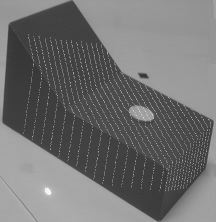 |
3D Inspection and Reverse Engineering: My PhD (1990) studied "The automatic inspection of machined parts using three-dimensional range data and model based matching techniques".
Following on from this work I was a co-investigator on an EU RECCAD project, which developed Reverse Engineering methods for the reconstruction of boundary representation CAD models of solids from range data,
and then a co-investigator on a project to 'beautify' reverse engineered solid models.
My research on the RECCAD project developed novel ways to robustly segment primitive 3D surfaces from 3D data. |
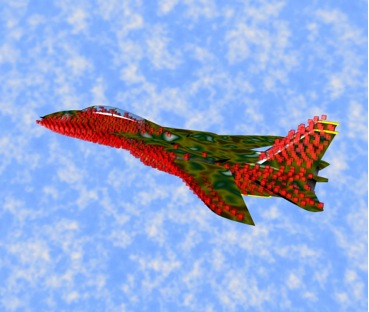 |
Statistical methods, simulation and modelling of sensors, multi-sensor data: My research has been driven by
defence/military applications with funding from British Aerospace, General Dynamics, EADS and
the MOD funded Data Information Fusion Defence
Technology Centre (www.difdtc.com). Initial research in this area consisted of 2 PhDs funded by British aerospace where the fusion of infrared, 3D LADAR and video modalities were investigated.
Research has looked at simulation of infrared/LADAR using computer graphics hardware and software, statistical methods for data fusion and tracking.
Underpinning the statistical methods for data fusion has been the development of the Transferable Belief Model (TBM) method for tracking and high level fusion tasks. Collaboration has been undertaken with the world experts on
TBM, particle filters and statistical reasoning.
Recent work has also looked at the fusion of Synthetic Aperture Radar with terrain maps.
|
I play bass, keyboards and guitar and am a keen computer musician. I also compose a lot of music at home - this is more jazzy, big band or ambient trance or Joni Mitchell Type Acoustic/Folk Jazz or Thrash/Jazz type stuff.
Check out My Personal Music Pages for example recordings of this type of stuff and for links to a variety of music related Web Sites.
I enjoy sport as well. Squash, cricket and golf are my main playing sports. I am a severe rugby union addict.
I also make movies. This is my version of Jaws!!.
A very funny clip from Lake Louise (ED MEDIA 97 Conference Trip): Steve Hill Skiing!!